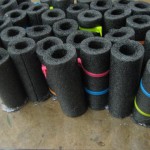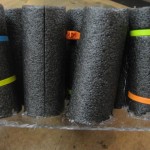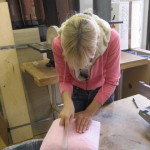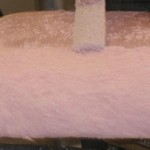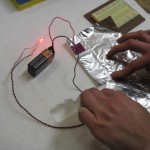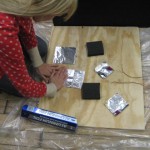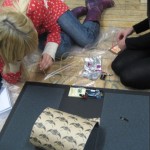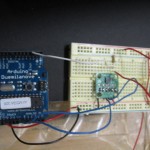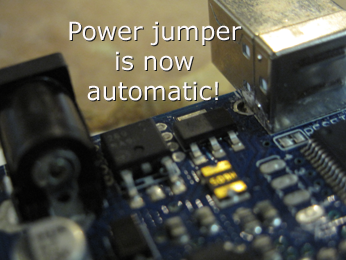This week, my group finally presented for Red Burns’ Applications of Interactive Telecommunications. My group consisted of Chris Allick, Hana Newman, and Andy Jordan. Together, we successfully worked together to produce a presentation on our reaction to Craig Newmark’s talk the previous week. Not only did the class enjoy our presentation, we also enjoyed and didn’t feel like we were imposing on the other students at all.
Here’s the PowerPoint/Keynote presentation that describes our process.
What we ended up doing was coming up with a compliment for each of our 108 other classmates, plus our instructors. Everyone left feeling much better about themselves. What we thought was great about this activity was that thinking nice things about other people cannot help but lead to a better community, and Craigslist and Craig Newmark are all about building community. Many people have said that they really enjoyed our presentation. So, nice job us.
——-
After that, we had our guest speaker’s presentation. This week our discussion was on Assistive Technologies. In my experience, I spent 4 years in a school that incorporated students with relatively severe physical handicaps, some to the point where they could not speak. And, my step-brother has some cognitive impairments.
Overall, my impressions of Assistive Technology were a). There’s a lot of focus on physical impairments. What about cognitive disabilities?; and b). Is the motivation more to help people keep up with other people, or is it to just have a decent quality of life? I don’t know…. I think about my brother a lot while I’m here. I want him to have a fun childhood, because you only get one. I feel like there must be something I can do to help him not only keep up with his peers, or do things they cannot, but also to just have a decent quality of life.
They may not make much sense, because I was just jotting down notes, but my comments on the speech were the following:
- Why use a QWERTY keyboard in Assistive technology interfaces? It’s not the most efficient keyboard available, even for people who type.
- Why use a keyboard metaphor for people who cannot use their hands?
- Lots of focus on visual iconography – suppose you cannot see very well?
- Saw an example of an FSR game controller
- Boring Physical/Occupational Therapy is a problem – There is a need to make things fun
- People with sensory problems are very responsive to sound
- Difficulty in verbalizing emotional state is also an issue
- Weighted vests/deep pressure is comforting for people with sensory issues
- There is little quantitative data available; this can be an issue for creating solutions for this market
- Ideas: A squeeze vest that you guess where the pressure comes from
- Music instruments for assistive technology; see what you hear
- Make an Illustrator lite program, for people who have a difficult time creating shapes, counting, writing, etc…
- Potential Future ITP Class: design for one
